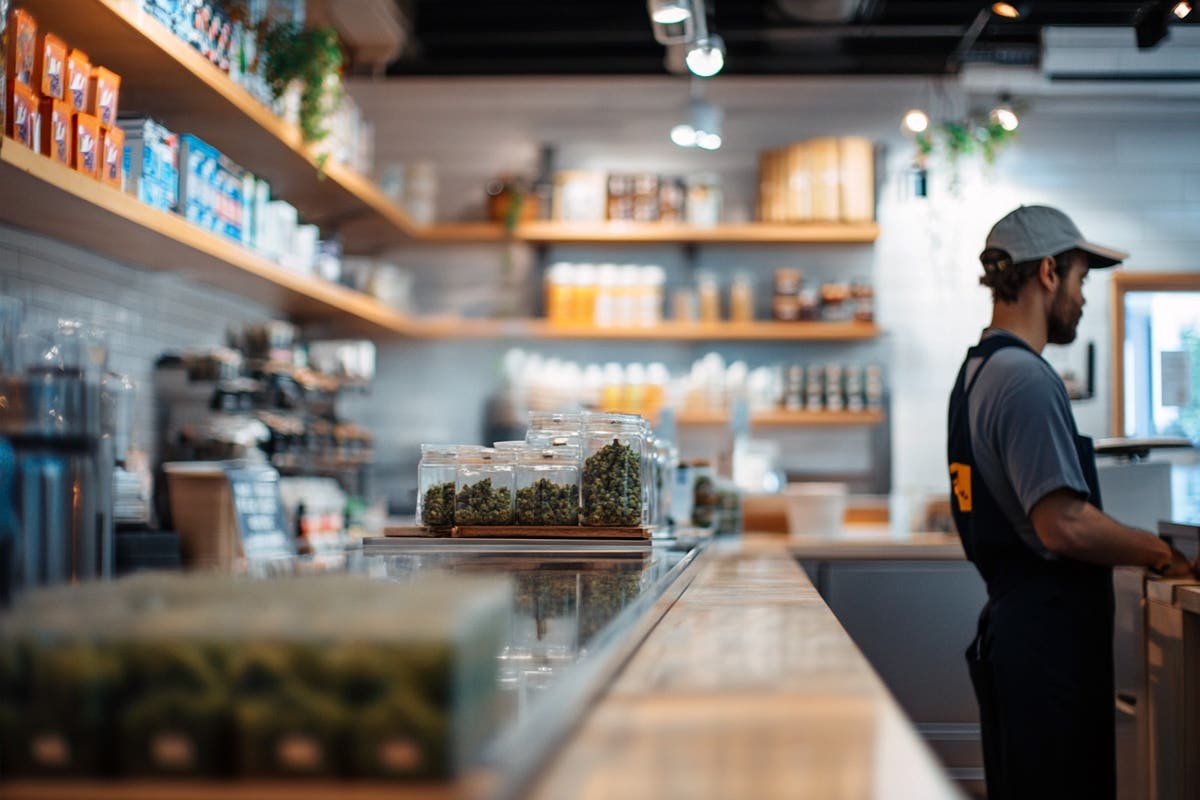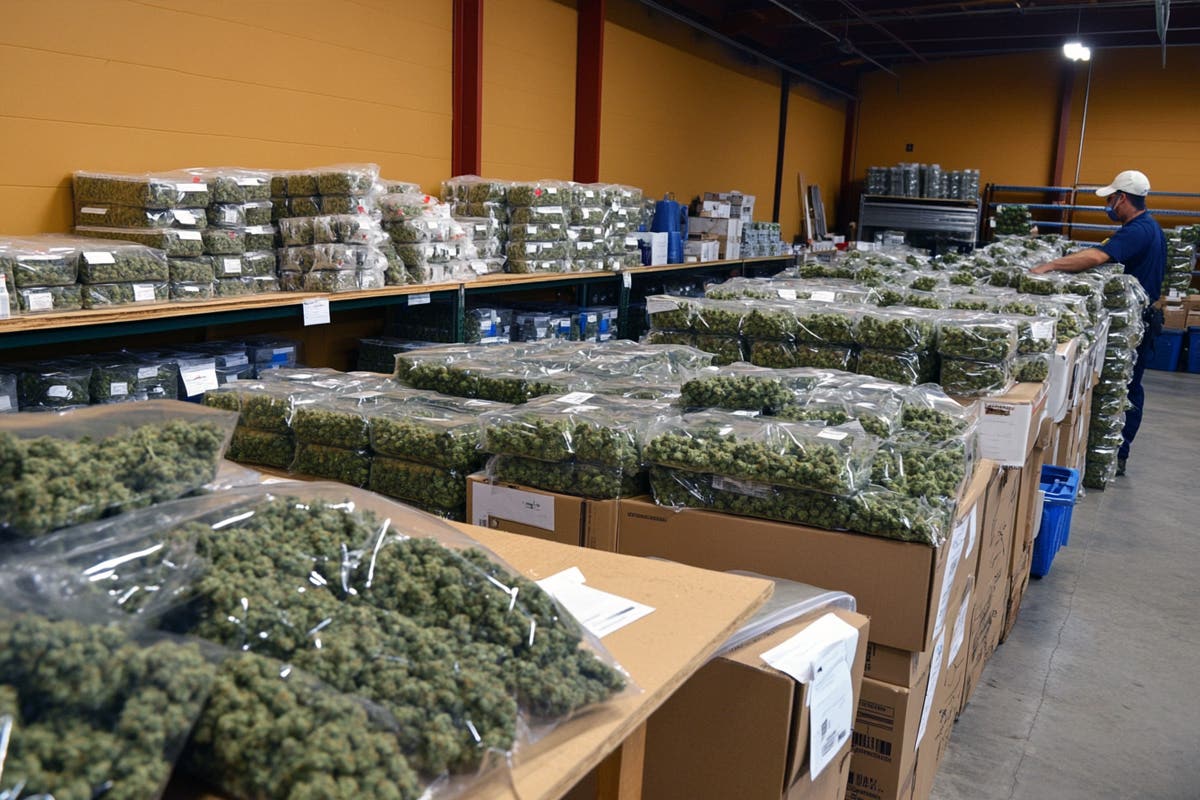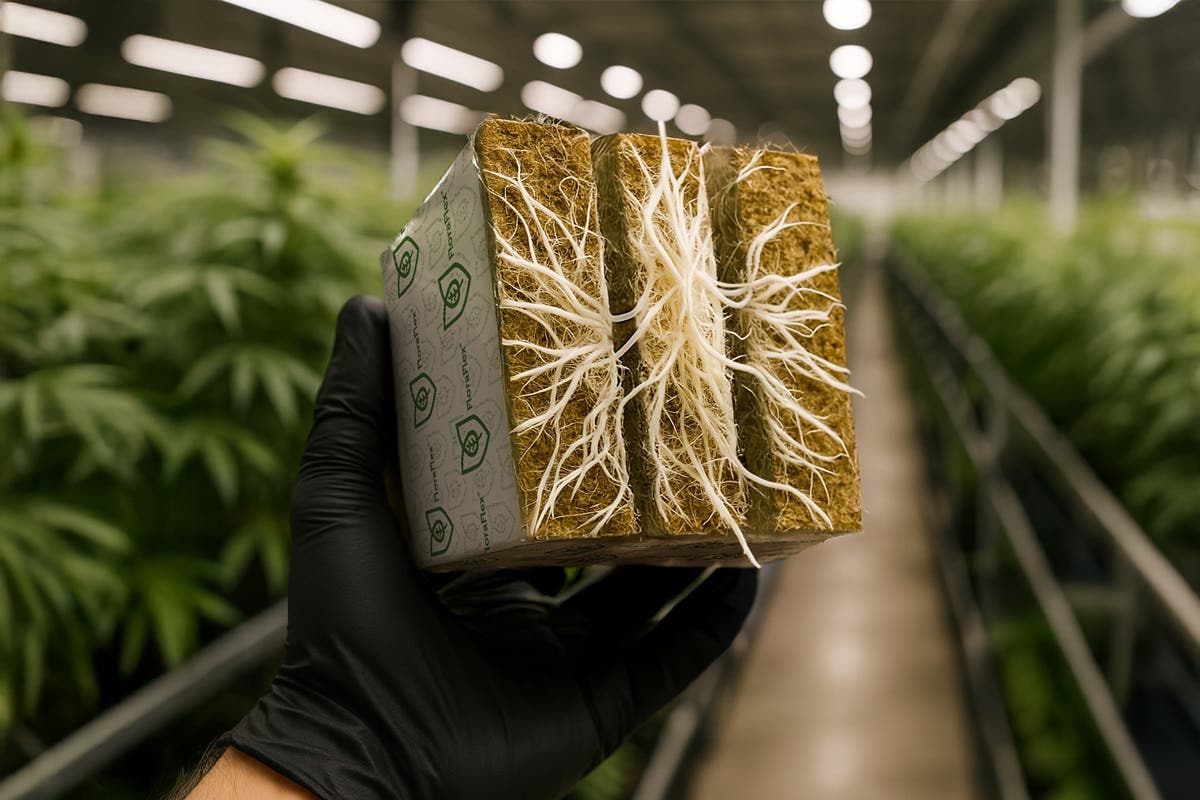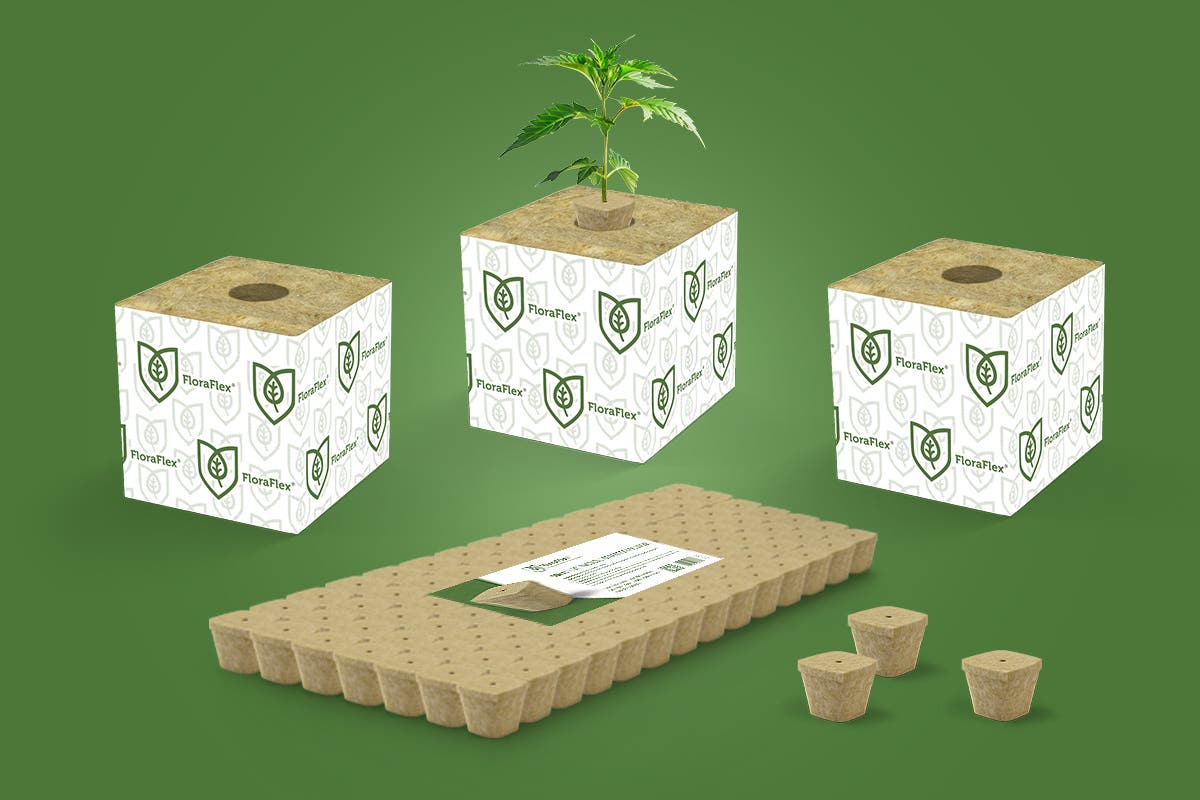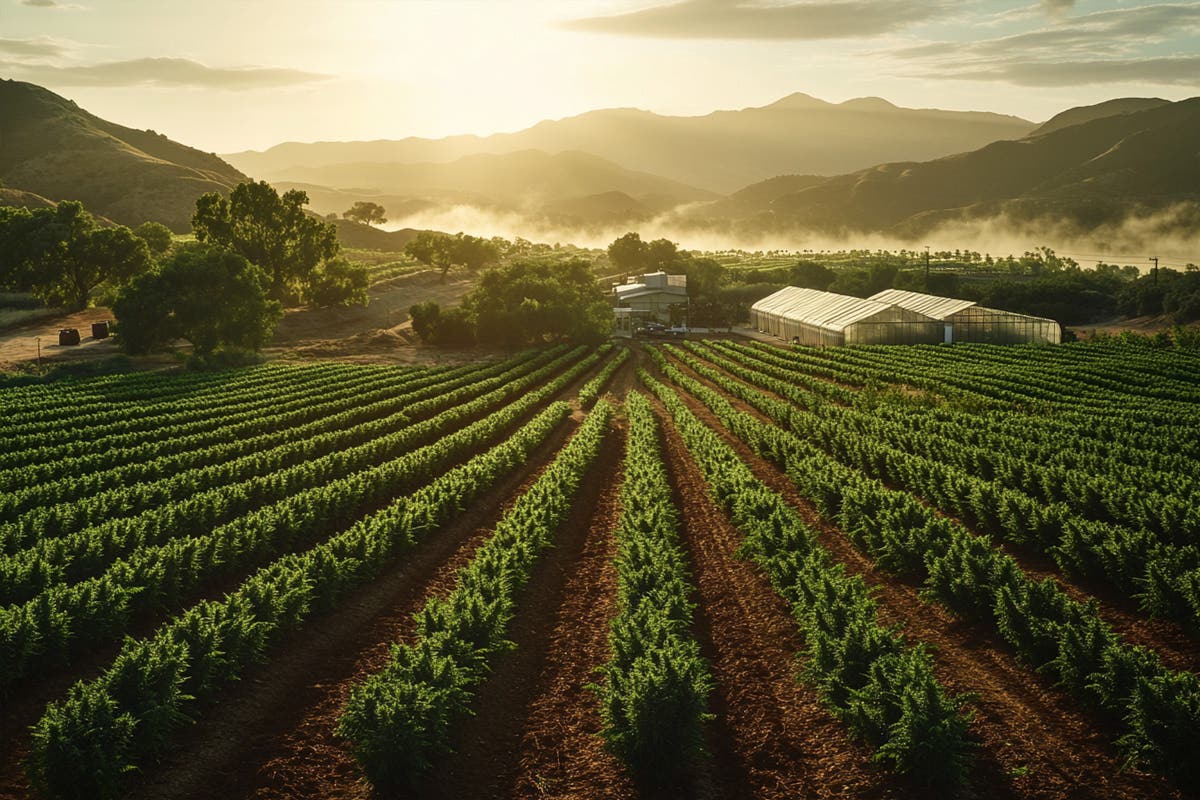Mastering Your Winter Grow Tent Setup: A Comprehensive Guide
From the unrelenting icy winds to the relentless snowfall, winter presents a myriad of challenges for indoor gardeners. Just as we don heavy coats and drink hot cocoa to survive the chilly season, our plants need special care too. If you have a grow tent, preparing it for winter can seem daunting, but fear not! Here's your comprehensive guide to getting your grow tent winter-ready.
Understanding the Impact of Winter on Your Grow Tent
If you've ever asked, "Does winter affect my indoor garden?" the answer is a resounding yes. Temperature fluctuations, reduced light exposure, and dry air can seriously impact your plant's growth. Imagine, how would you fare if suddenly plunged into a freezing, dark room with scant moisture? Not very well, we suspect. Now, let's delve into the intricacies of these winter challenges.
Balancing Temperature for Optimal Plant Growth
When winter rolls in, maintaining the ideal temperature within your grow tent becomes a challenging feat. Remember, plants are living organisms. Just like you, they thrive in comfortable environments. Don't let your grow tent become a refrigerator. Too cold, and your plants will hibernate; too hot, and they'll wilt. As Thomas Jefferson once said, "The olive tree is surely the richest gift of Heaven." But even this generous gift can wither under harsh conditions. So how do we strike the balance?
Use a Heat Mat
One practical solution is using heat mats. These handy devices provide bottom heat, stimulating root growth and aiding seed germination. Heat mats create a warm, inviting environment, encouraging your plants to grow even as the temperature drops outside.
Install a Heater
A tent heater can also be beneficial, especially for larger tents. However, remember that this is a powerful device. Overuse can lead to excessively high temperatures, potentially damaging your plants. Moderation is key here.
Adjusting Humidity Levels for Winter
Winter air is notoriously dry, which can lead to decreased humidity levels in your grow tent. If you've ever questioned, "Does humidity matter in my indoor garden?" the answer, again, is a definite yes. Low humidity can cause your plants to lose water rapidly, leading to wilting or even death. Hence, adjusting the humidity levels is crucial.
Use a Humidifier
A humidifier can be an excellent tool for maintaining optimal humidity levels. By adding moisture to the air, a humidifier prevents plant dehydration, ensuring your plants stay healthy throughout the winter.
Water Wisely
In winter, water can be your best friend or worst enemy. Overwatering can lead to root rot while under watering can cause dehydration. Aim for the Goldilocks zone – not too much, not too little, but just right.
Lighting Conditions and Winter
The shorter winter days and longer nights affect the amount of natural light your plants receive. Even if you are growing in a tent, insufficient lighting can hinder the growth and flowering of your plants.
Use Grow Lights
Grow lights can help compensate for the lack of natural light. These artificial lights mimic the sun's rays, encouraging photosynthesis even in the bleakest winter months.
Maintain Light Cycles
Maintaining consistent light cycles is vital for plant growth. Varying light and dark periods can confuse your plants, leading to erratic growth patterns. So, stick to a schedule!
In conclusion, preparing your grow tent for winter may seem a daunting task. But with the right knowledge, tools, and a touch of patience, you can create a warm, inviting haven for your plants. After all, as the saying goes, "Where flowers bloom, so does hope." So let your indoor garden be your beacon of hope this winter. Remember, every winter is survived not by avoiding the cold but by embracing it and preparing for it.









